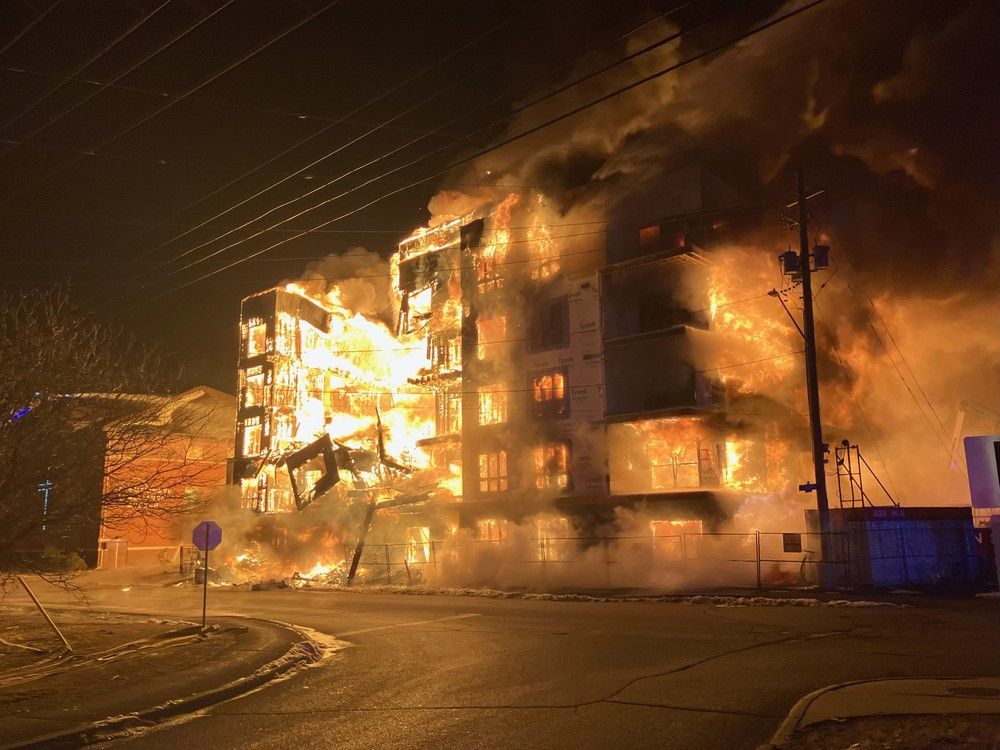More than five million commercial trucks crossed into Canada last year, and more than 53 million passengers in cars, presenting just as many opportunities for criminals to smuggle in drugs, guns and other contraband.
But over the past year, the Canadian Border Services Agency (CBSA) has increased its intelligence gathering and sharing skills, and its physical searches of targeted vehicles to help combat smuggling.
CityNews was granted rare access to go behind the scenes and see just how CBSA officers are safeguarding the border.
Michael Prosia, the regional director of the Southern Ontario border district for the CBSA said it’s impractical to search every vehicle for contraband but when people do get pulled over to secondary inspections, it’s generally for good reason.
“Our officers have in-depth training on indicators in terms of expected behaviors versus non-expected behaviours of travelers,” he explained. But intelligence sharing with other law enforcement agencies makes a profound difference.
“We perform targeting on different shipments, different people, different source countries of narcotics, for example. So the intelligence loop helps to create lookouts in our system that help assist the officers with making referrals that are intelligence-based and targeted as opposed to just randomness.”
That intelligence has helped CBSA officers seize 4.59 kilograms of fentanyl during the first three quarters of 2024/2025, a 770 per cent increase over the same period in 2023. It’s also helped them stop more than 320 kilograms of opiates and 22,000 kilograms of other narcotics from crossing the border.
“We just had two enforcement actions here in southern Ontario, both at the Blue Water Bridge in Sarnia in (March) where that information sharing intelligence has resulted in two separate large scale cocaine seizures valued at about CA$11 million,” Prosia said. “Two different seizure actions within a week of one another. And it’s that type of increased intelligence and increased information sharing that’s really helped us hone in on those types of smuggling techniques that are being used by those individuals.”
COVID didn’t just impact supply chains of legal substances but it made exporting illegal items even more difficult.
While fentanyl was traditionally manufactured abroad, several criminal organizations started making it within North America, importing otherwise legal chemicals to manufacture the drug on North American soil. Some of these chemicals have legitimate uses, but the CBSA has been targeting the pre-cursor chemicals used in the manufacture of fentanyl and other drugs like MDMA, trying to prevent the drugs from even being made.
“(In February), CBSA undertook an operation, Operation Blizzard, which was meant to have a concentrated 30-day effort on those types of narcotics, like you mentioned, fentanyl, precursor chemicals. We focused primarily on postal modes, air courier, [and] land courier. We did that type of an operation across the country and it has resulted in potential investigations for other law enforcement partners, as well as things that CBSA can look at themselves. So (precursor chemicals are) definitely an area of focus for us,” Prosia said.
It’s also a focus for detector dogs, like Tiva. She’s been with the CBSA since she was just a puppy and has over 200 seizures attributed to her.
On the day CityNews visited, her handler, Paul Parkinson, was able to show off her ability to quickly find narcotics in a simulated search. She’s faster than some of the latest tech tools the operation has recently acquired and in Parkinson’s view, “I do believe she is the best technology we have the borders.”
Dogs are trained to detect a multitude of items and not just drugs, but also firearms, organic matters and even currency. “A lot of people [try] to mask the smell,” Parkinson explained. “I’ve seen coffee, transmission fluid, basil, all sorts of different wrappings.” Tiva can generally sniff through the camouflage.
While CityNews was at the Peace Bridge border crossing in Fort Erie, Tiva appeared to be the only detector dog on duty in the exit area. Officers were stopping vehicles that are U.S. bound before they hit the border—conducting exit searches and checks.
Although the CBSA has long had these powers, they seem to be using them with much more vigor over the last few months since U.S. President Donald Trump has accused Canada of having lax border security.
“I think fentanyl has been a focus of the CBSA for a long period of time. It’s not something that’s new. That said, one per cent of fentanyl is travelling from Canada to the United States. So it’s not something we’ve seen in large numbers,” explained Prosia.
Nevertheless, there are about a dozen officers stopping vehicles heading south. “We’re looking for individuals who may be leaving the county with contraband, bringing items into the United States or potentially with an outstanding want or warrant here in Canada that we can enforce prior to them departing the country,” Prosia said.
All of these physical searches and questioning takes time, even with all the latest technology the CBSA has been deploying. The latest tech will be explored in part two of CityNews’ series on the CBSA.



